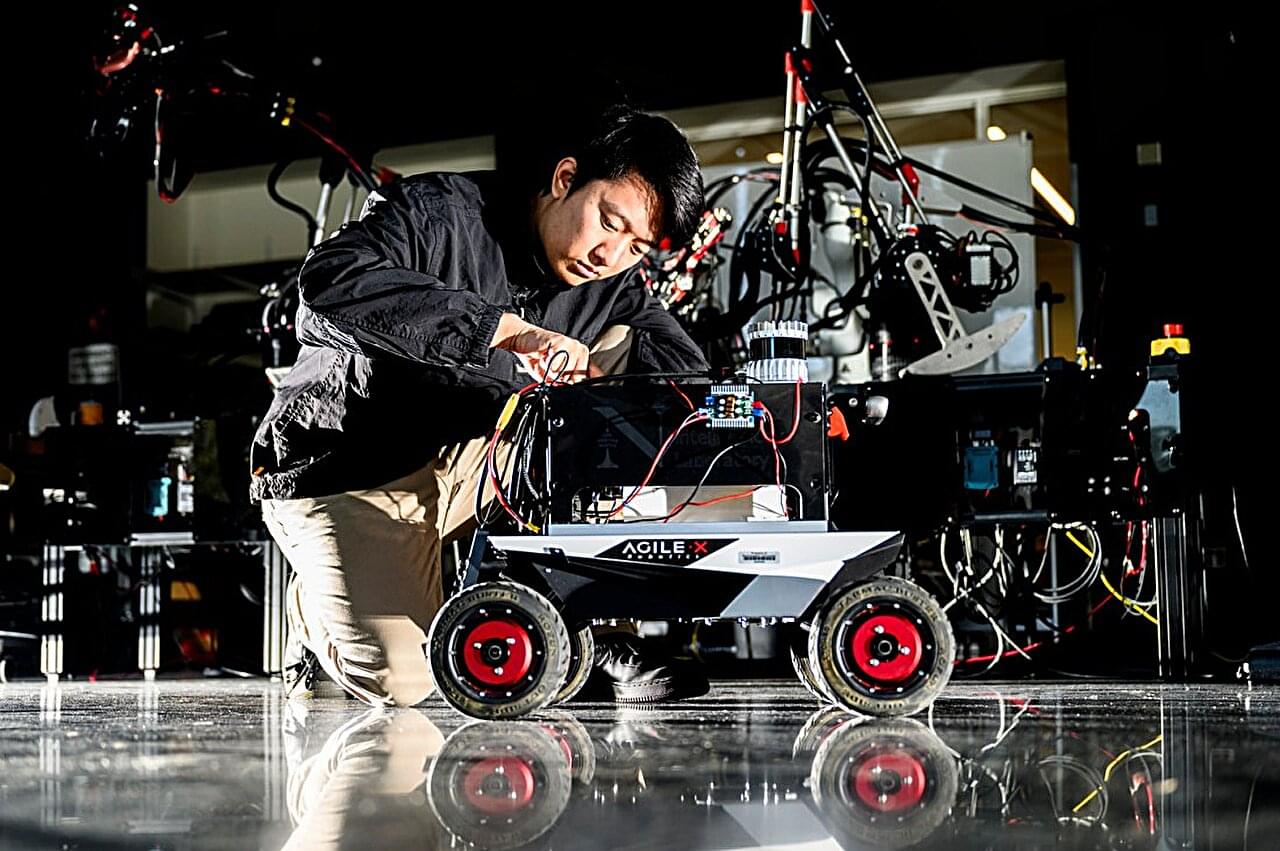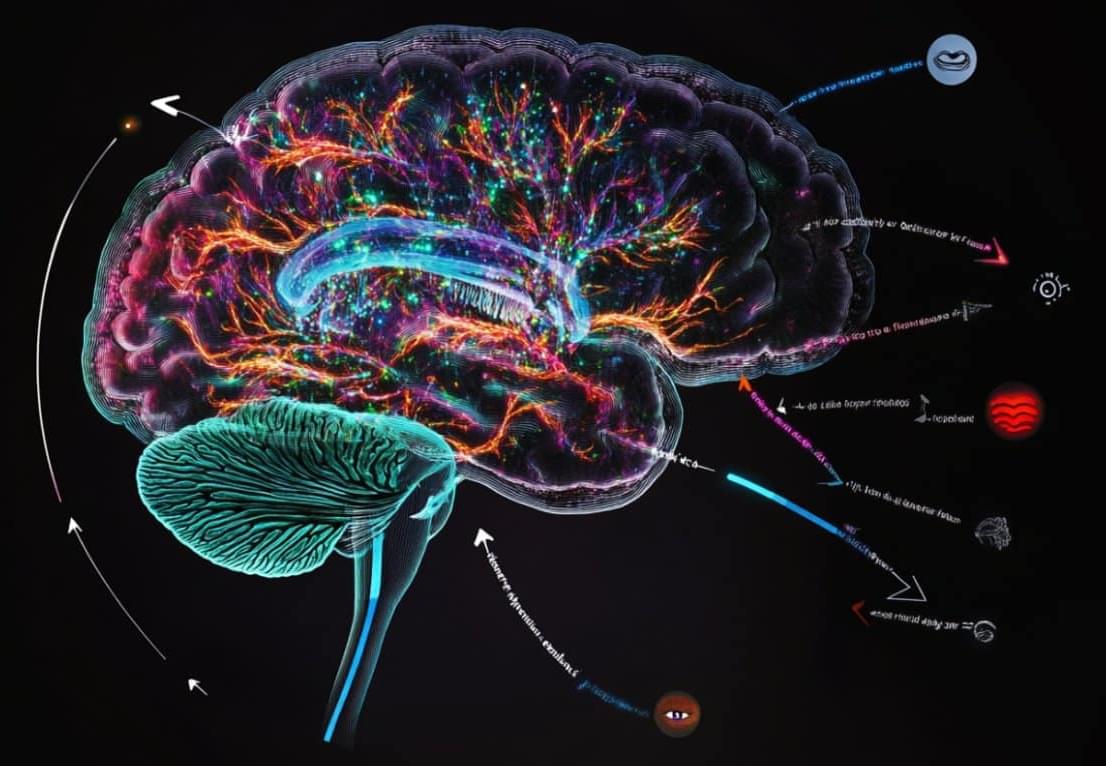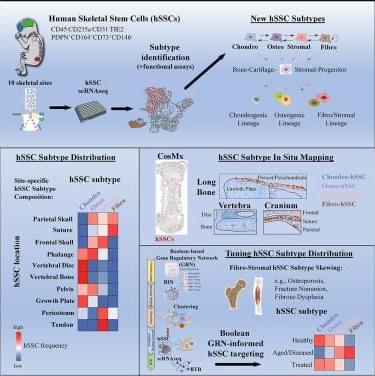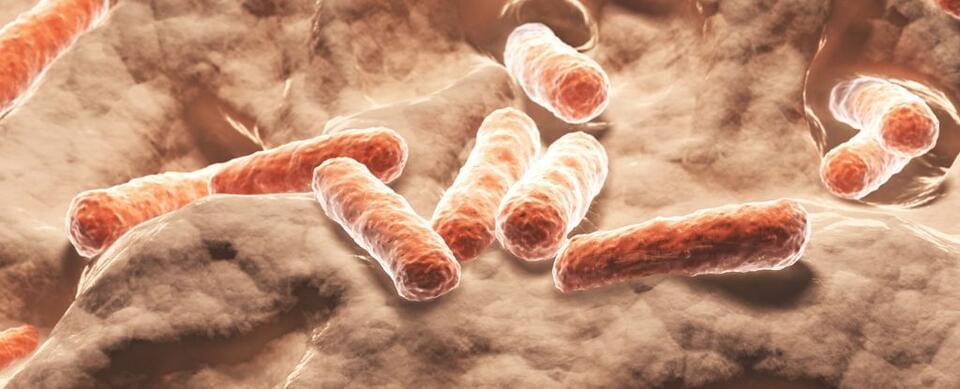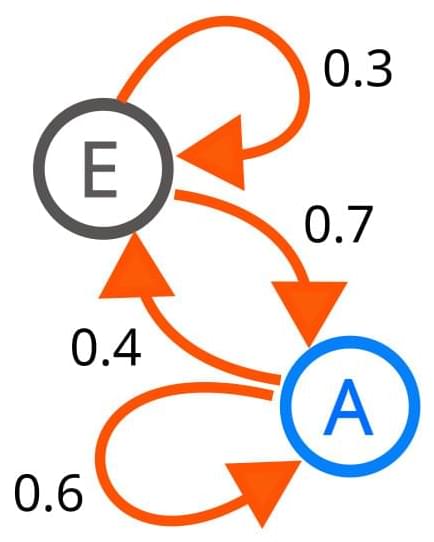Microsoft now defaults new accounts to passkeys instead of passwords + Safer logins + Reduced phishing risk.
A new MIT-designed circuit achieves record-setting nonlinear coupling, allowing quantum operations to occur dramatically faster.
The heart of this advance is the “quarton coupler,” which boosts both light-matter and matter-matter interactions. This progress could lead to quicker quantum readouts, crucial for error correction and computation fidelity.
Unlocking Quantum Computing’s Speed Potential.
Jeff Bezos is funding a secretive EV startup based in Michigan called Slate Auto that could start production as soon as next year, according to multiple sources and documents that link the billionaire’s family office to the startup.
In a study published in the journal Frontiers in Pharmacology, researchers have discovered that a sugar called 2-deoxy-D-ribose (2dDR), which plays a fundamental role in various biological processes both in animals and humans, can stimulate hair to regrow in mice.
Over the past eight years, scientists from Sheffield and COMSATS University Pakistan have been studying how the sugar can help to heal wounds by promoting the formation of new blood vessels. During the research, the team also noticed that hair around the healing wounds appeared to grow more quickly compared to those that hadn’t been treated.
To explore this further, the scientists established a model of testosterone driven hair loss in mice — similar to the cause of pattern baldness in men. The team found that applying a small dose of the naturally occurring sugar helped to form new blood vessels, which led to hair regrowing.
Findings from the study show that the deoxy ribose sugar is as effective at regrowing hair as Minoxidil — an existing drug used to treat hair loss. However, the research offers a potential alternative approach to stimulating hair growth through a naturally occurring deoxy ribose sugar-from 2024.
The key to curing male pattern baldness — a condition that affects up to 50 per cent of men worldwide — could lie in a sugar that naturally occurs in the human body, according to scientists at the University of Sheffield.
World-first demonstrations validate the company’s quantum navigation technologies work in real-world environments and outperform conventional GPS backups by up to 50x, delivering true commercial and strategic quantum advantage while addressing threats to global trade.
Delivery robots made by companies such as Starship Technologies and Kiwibot autonomously make their way along city streets and through neighborhoods.
Under the hood, these robots—like most mobile robots in use today—use a variety of different sensors and software-based algorithms to navigate in these environments.
Lidar sensors—which send out pulses of light to help calculate the distances of objects—have become a mainstay, enabling these robots to conduct simultaneous localization and mapping, otherwise known as SLAM.
New research reveals that neurons in the visual cortex are far more adaptable than previously thought, responding dynamically to complex stimuli during object recognition tasks.
Ambrosi and colleagues profile human skeletal stem cells (hSSCs) across ten fetal skeletal sites and from patients throughout adulthood, identifying, mapping, and functionally testing four distinct hSSC subtypes. Skeletal aging and disease are characterized by a dominant fibrogenic hSSC variant, but targeting defined gene regulatory networks reinstates functional hSSC diversity.
Scientists may have identified a way to naturally regulate blood sugar levels and sugar cravings in a similar fashion to drugs like Ozempic.
In mice and humans, the key to unlocking this natural process was found to be a gut microbe and its metabolites – the compounds it produces during digestion.
By increasing the abundance of this one gut microbe in diabetic mice, researchers led by a team at Jiangnan University in China showed they can “orchestrate the secretion of glucagon-like peptide-1”
Markov chain
Posted in futurism | Leave a Comment on Markov chain
In probability theory and statistics, a Markov chain or Markov process is a stochastic process describing a sequence of possible events in which the probability of each event depends only on the state attained in the previous event. Informally, this may be thought of as, “What happens next depends only on the state of affairs now.” A countably infinite sequence, in which the chain moves state at discrete time steps, gives a discrete-time Markov chain (DTMC). A continuous-time process is called a continuous-time Markov chain (CTMC). Markov processes are named in honor of the Russian mathematician Andrey Markov.





